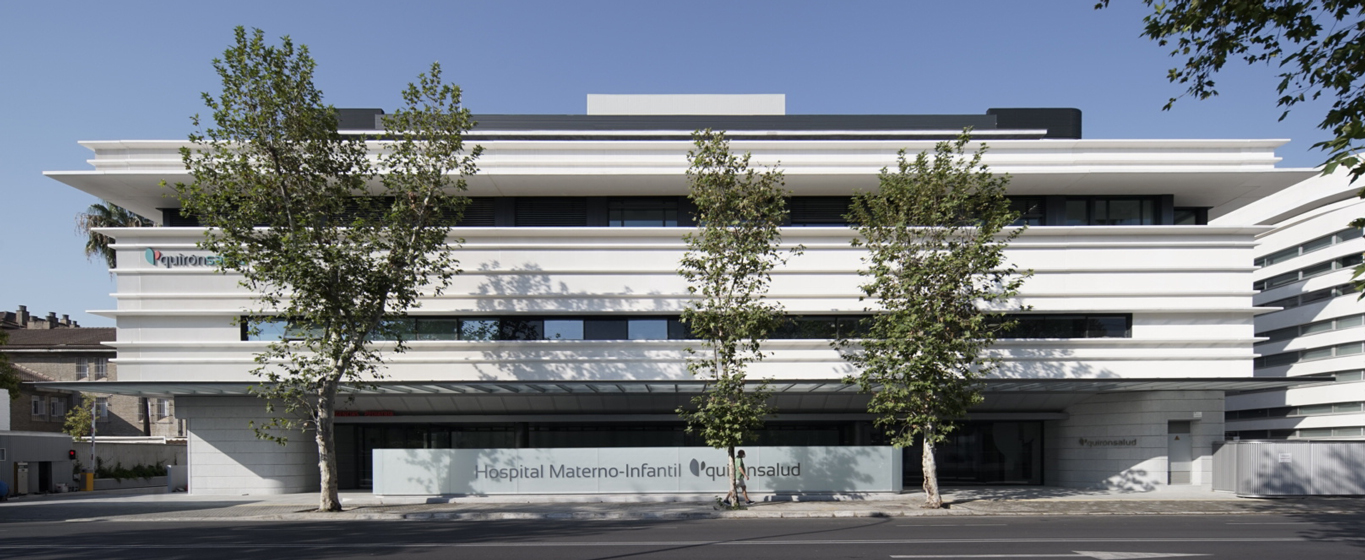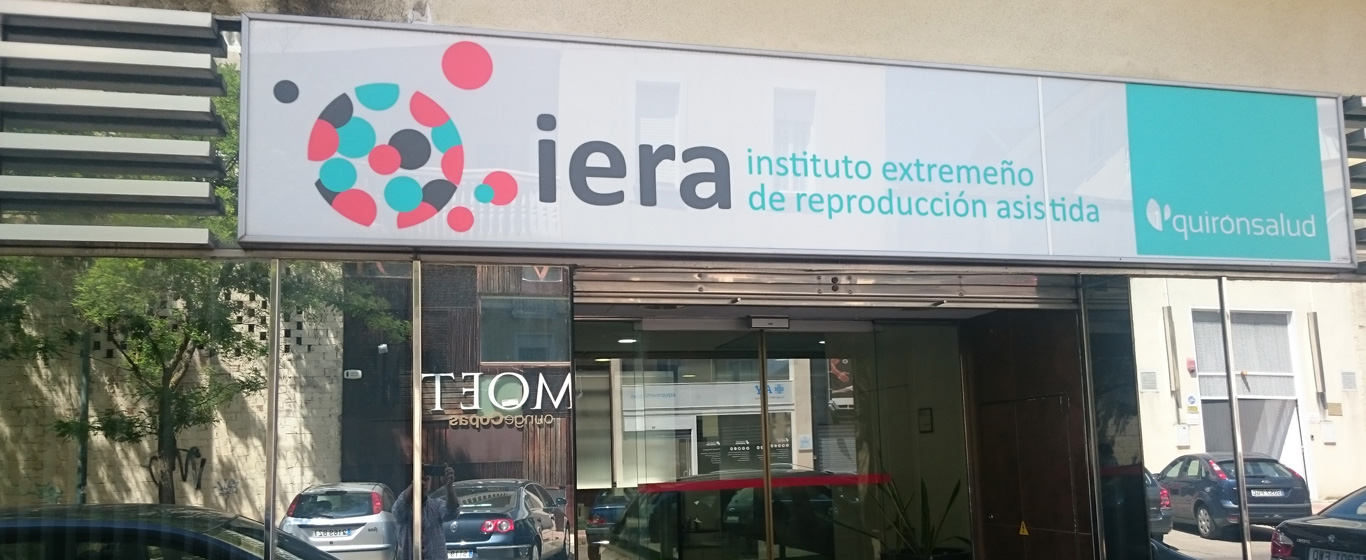Endometriosis
Does endometriosis cause infertility? All the information on the causes, symptoms, and most effective treatments for this condition.
Symptoms and Causes
Endometriosis is a disease in which the endometrium, the tissue that lines the inside of the uterus, grows outside the uterus and induces an inflammatory response, causing fibrosis and adhesions. Normally, this abnormal growth forms plaques on the pelvic peritoneum, ovaries, fallopian tubes, or the rectovaginal septum. In some less frequent cases, it extends outside the pelvis.
Therefore, three different types of endometrial plaques can be identified:
- Implants: superficial and small in size.
- Nodules: large and invasive.
- Endometriomas: cysts that form on the ovaries.
The endometrial tissue, regardless of where it has settled, behaves the same as if it were inside the uterus. Thus, it thickens, breaks down, and bleeds during the menstrual cycle, but it remains trapped inside the body. As it is expelled, it can cause nodules or adhesions, leading to inflammation, intense pain, or infertility.
Symptoms
The symptoms of endometriosis are highly variable, as its progression is unpredictable and different for each woman. However, some of the most common include:
- Dysmenorrhea: pelvic pain during menstruation that is stronger than usual, sometimes starting before and lasting several days after the period ends.
- Dyspareunia: pain during or after sexual intercourse with vaginal penetration.
- Chronic pelvic pain.
- Heavy menstrual bleeding.
- Pain while urinating or defecating, especially during menstruation.
- Abnormal uterine bleeding.
- Reproductive problems.
Causes
Although the causes of endometriosis are still unknown, some studies suggest explanations such as:
- A malfunction of the immune system that fails to recognize the endometrial cells growing outside the uterus as abnormal.
- Having retrograde menstruation, meaning that the menstrual blood flows backward into the fallopian tubes rather than exiting through the pelvic cavity.
- Certain hormones transforming specific peritoneal or embryonic cells into endometrial tissue.
- A potential genetic component, as often several women in the same family develop the disease.
Risk Factors
Some of the factors that increase the risk of developing endometriosis include:
- Family history of the condition.
- Short menstrual cycles.
- Menstruation lasting more than seven days.
- Body mass index (BMI) below normal.
- Early menarche, meaning the first period occurs before the age of 12.
- Late menopause.
Complications
The most significant complication of endometriosis is infertility. The main cause is the obstruction of the fallopian tubes, although ovarian damage can also occur.
Prevention
Endometriosis cannot be prevented. However, keeping estrogen levels low can slow its progression and reduce symptoms. A healthy diet, regular exercise, reducing alcohol consumption, avoiding tobacco, and using hormonal contraceptives are recommended to help achieve this.
What doctor treats endometriosis?
Endometriosis is diagnosed and treated in gynecology and obstetrics consultations or in assisted reproduction units.
Diagnosis
The primary diagnostic test for endometriosis is transvaginal ultrasound, which provides a clear image of the abnormal endometrial tissue plaques. When this test is inconclusive or when a surgical plan is needed, magnetic resonance imaging (MRI) or a CT scan (computed tomography) are used for more detailed images.
Treatment
Current treatments do not cure endometriosis but reduce its symptoms and the risks of complications. Early diagnosis is crucial for successful disease management, so routine gynecological check-ups are recommended.
Pain-relieving medications and hormonal treatments help control pain and reduce estrogen levels in the body to prevent the abnormal growth of endometrial tissue.
The most effective surgical techniques for treating abnormal endometrial growth are:
- Laparoscopy: minimally invasive surgery that removes endometrial plaques.
- Laparotomy: open surgery used to remove all endometrial tissue growing outside the uterus.
- Hysterectomy: this operation is performed to remove the uterus in severe cases of the disease.































































































